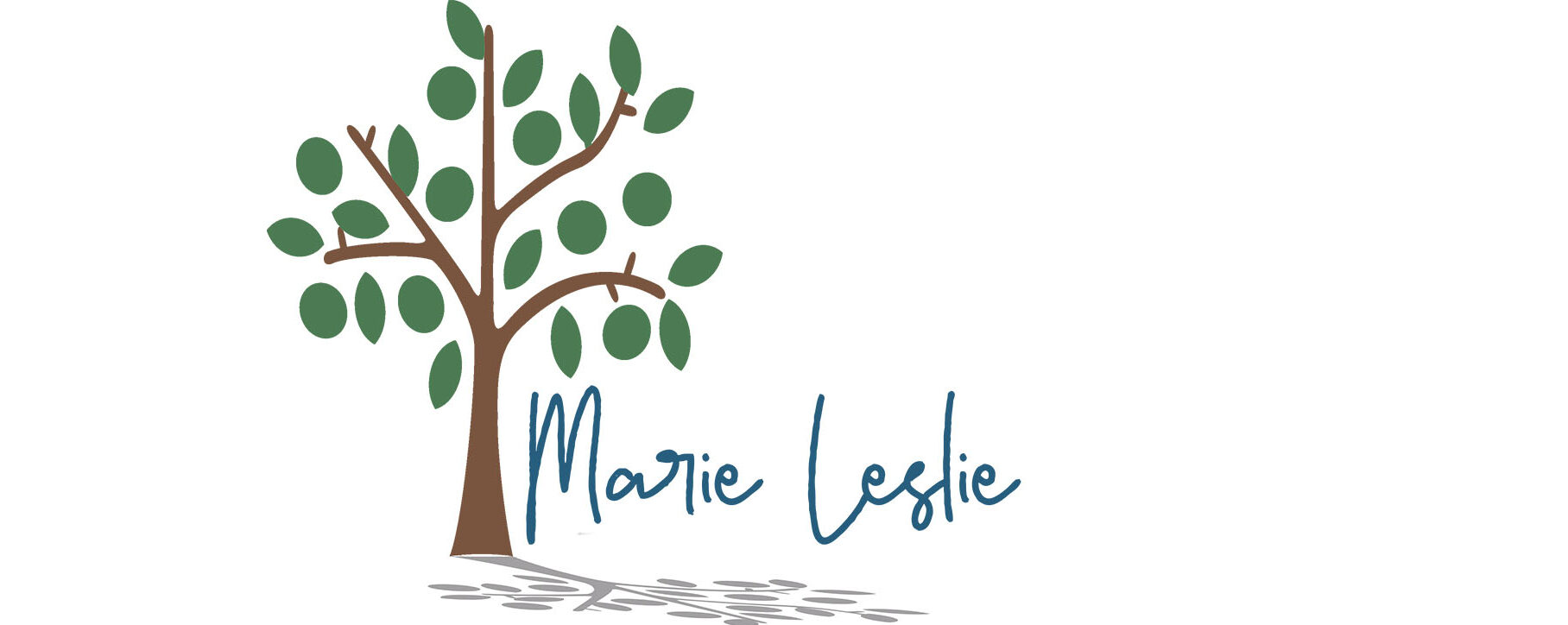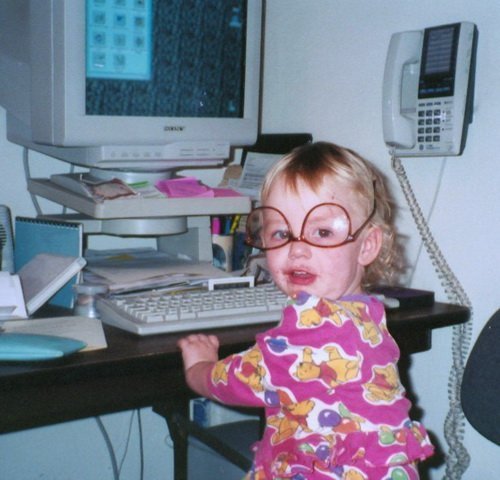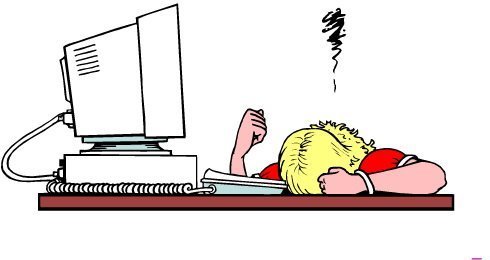What is a USP and Why Do I Need One, Anyway?
You’ve decided to start a business and you’ve been out surfing the web, learning everything you need to know to strike out on your own and strike it rich.
You’ve learned that you need a website.
 You’ve learned that your primary purpose for being in business is to make money. Really. You’d be amazed at how many people would rather go back to the “corporate world” than admit this. There’s no shame in it. It’s the American way. If you aren’t making money, you’re either a non-profit corporation (and what’s the fun in that?) or you’re going to be unemployed shortly.
You’ve learned that your primary purpose for being in business is to make money. Really. You’d be amazed at how many people would rather go back to the “corporate world” than admit this. There’s no shame in it. It’s the American way. If you aren’t making money, you’re either a non-profit corporation (and what’s the fun in that?) or you’re going to be unemployed shortly.
You’ve learned that your business needs to solve a problem or fill a need for your customers. If it can do both, so much the better. Let’s face it, if what you are selling, whether it’s goods, information or processes, doesn’t fill a need or desire for your customers or doesn’t solve their problem, they aren’t going to be lining up at your door to give you money. People do not generally buy things they don’t want or don’t need. A business exists because it fills a need or desire for its customers. So, if you’re going to be in business, figure out what need your product or service fills.
Once you’ve figured out what this need is, tell the world how you can fill that need that differently or better than your competitors. That is your USP or Unique Selling Proposition. Every business needs one. If you don’t have one and you don’t come up with one, there’s nothing to set you apart, especially in the minds of your customers, and you aren’t going to be around long.
And while you’re figuring out what need it is you are filling, consider who it is you’re solving this problem for. (Hint: everyone is NOT the right answer.) Who are you going to market to? Where do they live? What do they do? How much money do they have to spend? Why are you going to be important to them? The more you know about this target customer, the easier it will be for you to figure out how to attract them—how to market your business.
So, what is it that makes you different from everyone else? I’m a photographer. What is it about my business that makes people want to choose me over one of the other 50 gazillion photographers in my area? (I exaggerated. There are only half a gazillion. Seriously.) Hopefully, it isn’t price because there’s always someone who can come along and undercut me. It better not be that I offer more options than any other photographer because someone else can easily come along and offer a new product that I don’t have. It could be my affinity for cookies and that I like to bake them for my clients; it could be that I’m the “nice” photographer; it could be some secret technique I have that makes everyone look 10 years younger and 20 pounds lighter (I wish—well, really it’s called Photoshop but every photographer has it and, no, I don’t do it—but if you paid me enough I could). It could be my amazing customer service that makes having a portrait made more fun than painful.

The USP is what is going to create your brand. No, your brand is NOT the cool logo you had designed or the colors on your website or the pretty packaging you use to deliver your product. That’s all just icing on the cake. Unfortunately, many businesses spend more time on the way their business looks than on the message they’re delivering. Style over substance is the short road to unemployment.
Your branding should be focused on your USP. Your USP is the thing that, when people hear the name of your company, they say, “Oh, I’ve heard of you. You’re the company that. . . “ And when they consistently do that, you’ve got yourself a customer, a USP and a brand.
It can take some effort to come up with a USP, but it is well worth the time spent.
To spark your imagination and give you some ideas here are a few USP’s and the “problems” they solve:
Linksys: “Making Connectivity Easier”
Problem? Networking computers can be a real pain in the backside.
State Farm: “Like a good neighbor, State Farm is there.”
Problem: I need to know my insurance—and my agent—will be there when I need it.
Home Depot: “You Can Do It, We Can Help”
Problem: I want to fix up my house myself, but I’m not really sure how.
FedEx “Absolutely, positively overnight.”
Problem: I need a package delivered fast.
M&M’s: “Melts in your mouth, not in your hands.”
Problem: I want chocolate that isn’t messy.
Raid: “Kills Bugs Dead”
I have bugs in my house. Eeewwww.
You should be able to easily see how each of these USP’s addresses a problem of the consumer.
Now it’s time for you to sit down and write out your USP. What is it you do and how do you do it that is going to set you apart from the competition?
This might take you some time but it will be worth every minute. It’s not something you can hire out or have someone else do for you. You can certainly solicit help, opinions and feedback from friends, mentors, coaches and business associates, but your USP needs to come from you. If you don’t believe in it, if don’t “own” it, it isn’t going to fly.
Once you’ve got that done, you need to distill it down into one sentence. You should keep the whole USP that you’ve written out—you can use it to plan your marketing. But you do need to winnow it down to create the USP that you want to plant in the minds of all those potential customers. While it doesn’t have to be a slogan (yes, I know all the examples were slogans—that is definitely a bonus), it should be easy for your customers to remember. Make it as simple and understandable as possible. And make sure it answers your customer’s question: what are you going to do for me?
And by the way, your USP may change with time, especially as your business grows. You may refine your focus or find yourself headed in a different direction than you originally envisioned. In that case, it’s time to sit down and write a new USP. I’ve had three in my 30 years in business. I changed my first one because I realized I was sending the wrong message and attracting the wrong clientele. And I changed it this time because I want my focus to be a little different. Nearly 30 years of working with people and creating images for them has helped me refine my USP and really learn HOW I wanted to fill my customer’s needs.
_____________________________________________________________
Tell me about your USP. How did you come up with it and has it changed since you started your business?
You can connect with Marie online, using the tabs to the left or by clicking on the buttons at the top of her blog sidebar. Marie would love to hear from you, both here on the blog and all over the web.





